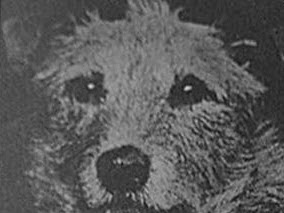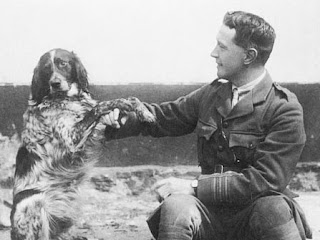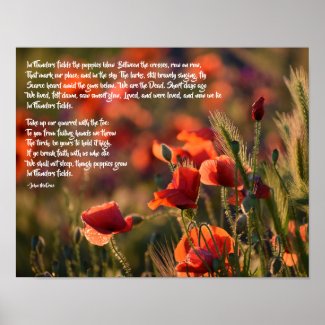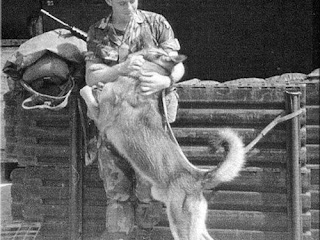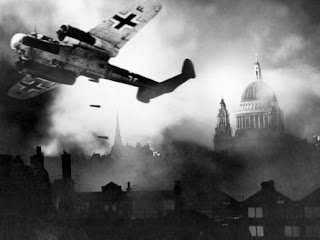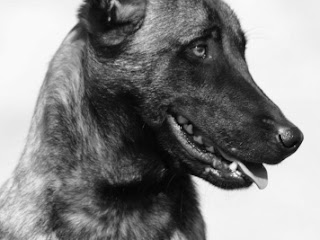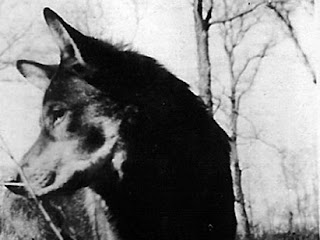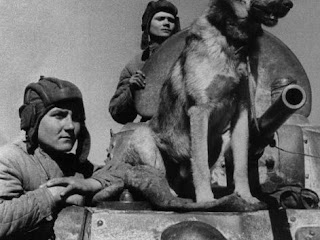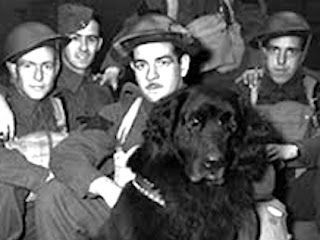Jim, an Airedale, made history as a WWI Coastguard dog who saved Ramsgate, a coastal town in England, from widespread damage.
 |
| Jim on patrol on the cliffs near Ramsgate. |
Jim belonged to a member of the Epple Bay Coastguard station and was trained to alert to the sound of Zeppelins. On May 16, 1915, Jim's loud barks raised the alarm of an approaching Zeppelin carrying a payload of bombs. Because of his early warnings, nine biplanes from the Royal Naval Air Service were able to chase the Zeppelin away.
According to Archivist Jennie Burgess of the Birchington Heritage Trust charity, "We are very proud of Jim in our community and he really does deserve to be recognized at last. His story has been largely lost over the years but we hope to change that... There is no record of Jim getting any honor for his actions but many feel it is time to remember what a great job he did with a posthumous award." This statement was made a few years ago, and I am unable to find if this has yet happened.


